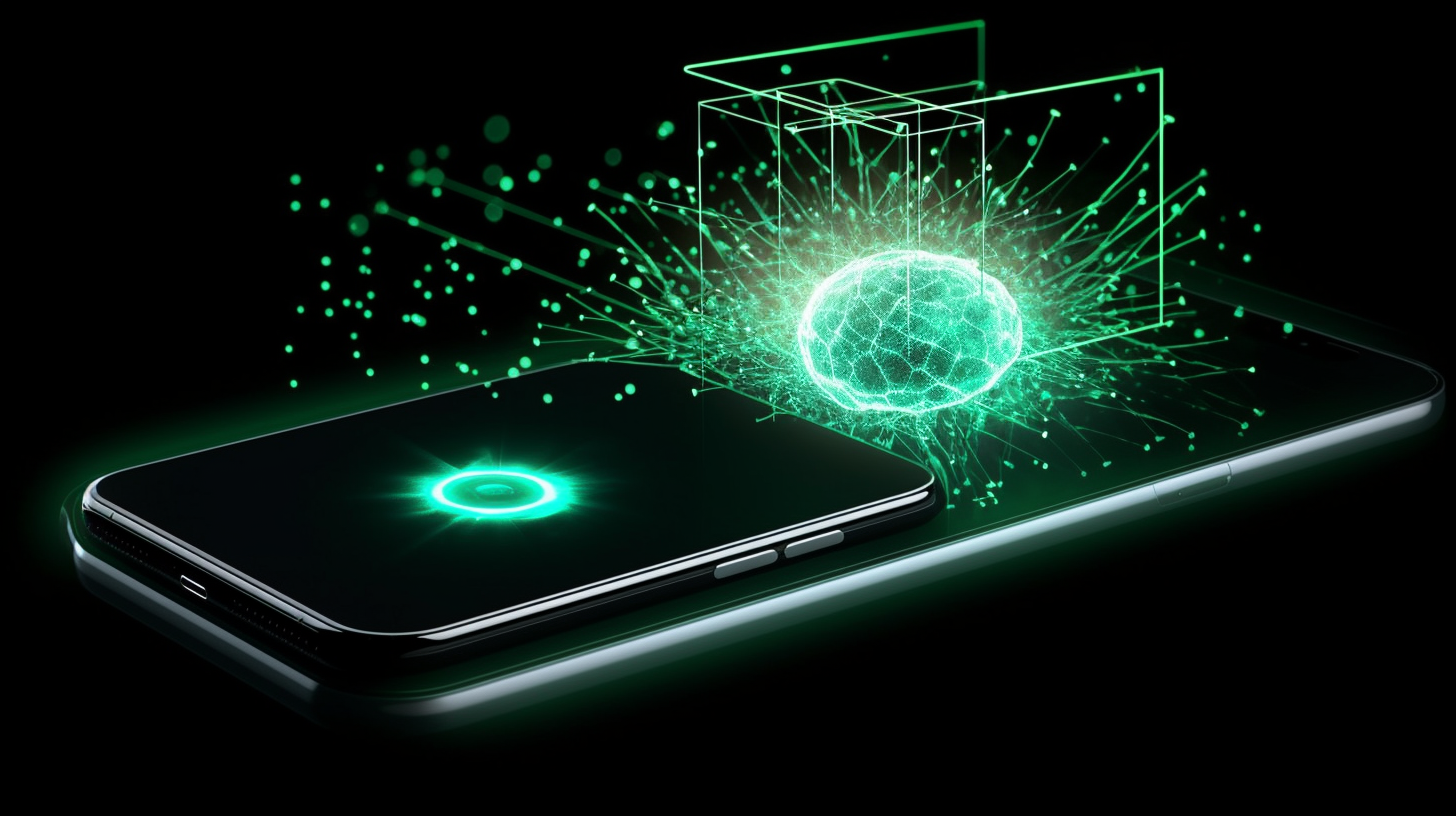Unraveling the Mystery: Configuring Basic Mobile-Device Network Connectivity and Application Support

Ah, the digital age! Today, your mobile device - that little gadget often clutched in your hands - packs more power than the computer used by NASA to send a man to the moon. However, the processes that enable this device to connect to a network and support applications might remain as elusive and mysterious as the dark side of the moon itself. But alas, worry no more! As we delve into the technicalities of the CompTIA A+ Core 1 (220-1101) exam topic "Given a scenario, configure basic mobile-device network connectivity and application support," we shall unravel this mystery like a yarn ball in a kitten's paws. So strap yourself in - this will be a roller coaster ride through the intricacies of mobile device configurations!
An Academic Approach
This topic pivots on the concept of wireless networking standards and protocols. First off, you must grasp the 802.11 wireless standards, the brainchild of the IEEE (Institute of Electrical and Electronics Engineers). Wireless transmission’s speed, distance, and frequency hinge on standards like 802.11a, b, g, n, and ac. These are the invisible roadways on which your data travels. Configure your device for network connectivity by making it adhere to a specific standard, or a mix of them, based on compatibility, range, and speed needs.
Next, you employ the DHCP (Dynamic Host Configuration Protocol), which assigns your device its unique IP (Internet Protocol) address. Like your home address in the virtual world, your device's IP address enables it to interact seamlessly with other devices on the network. You need to activate the DHCP on your device, or manually punch in the IP details for a static IP configuration to kickstart your connection, all depending on the network's configuration. Ensure you set up security measures such as WPA2 (Wi-Fi Protected Access) or the latest WPA3 while tackling this task – roll up your sleeves and get cracking!
Last but not least, application support. This procedure involves assembling email accounts, integrating third-party applications, and confirming data synchronization across numerous devices. To ace this, you must master the configuration of POP3 (Post Office Protocol), IMAP (Internet Message Access Protocol), and SMTP (Simple Mail Transfer Protocol).. Voila! There you have your basics covered. Hold your horses, there's more! Let's dive headfirst into our topic and check out some trending statistics that have been well documented.
A Statistical Perspective
Alright folks, numbers time! Do you know that according to Statista, as of 2020, there are approximately 3.5 billion smartphone users worldwide, and the numbers only continue to go up? Imagine the collective billions of data packets zipping across from device to device, all if them relying on accurate network and application configurations.
Let’s shift our focus to the United States for a moment. As per a Pew Research Center report, roughly 96% of Americans possess some brand of cellphone, with 81% boasting ownership of smartphones. These statistics underscore the essential nature of this topic. Without proper configuration of network connectivity and application support, these phones are just pricey paperweights.
Lastly, here’s something that’ll make your jaw drop. Can you wrap your head around the fact that a Varonis survey notes only about 38% of U.S. users feel confident about their knowledge of mobile device security? This, my friend, sets the stage for IT professionals like you! Armed with the understanding of the basics of mobile-device network connectivity and application support, you become an indispensable part of the tech-ecosystem.
So, as we wind down this techie roller coaster, remember that whether the topic appears as mundane as setting up email on a mobile device or as complex as configuring IP addresses, it plays a significant role in our hyperconnected world. Now, you're not just a wizard with the magic wand of your mobile device, but also the spell-caster who commands the elements that make the magic happen. Tech world, here you come!